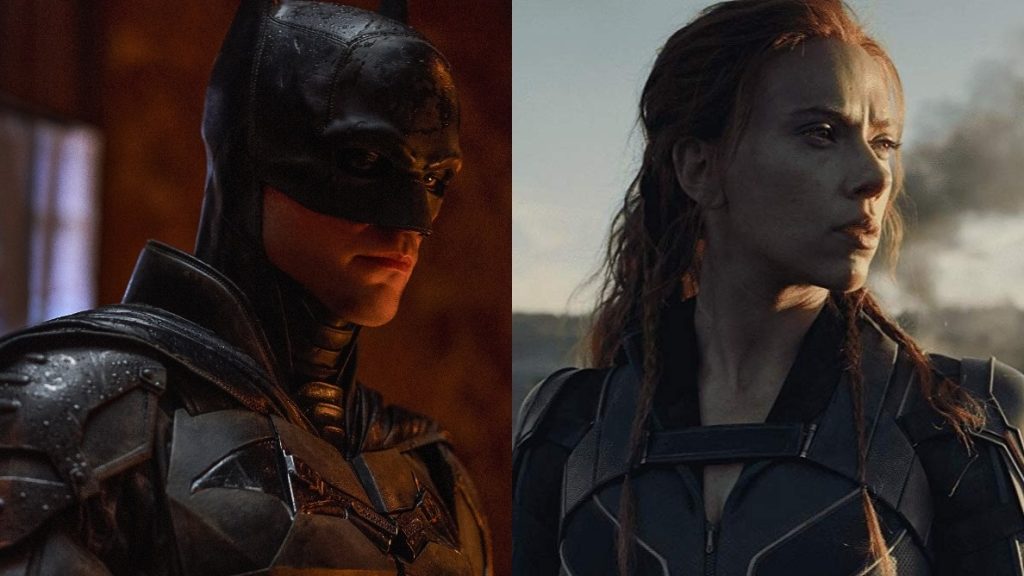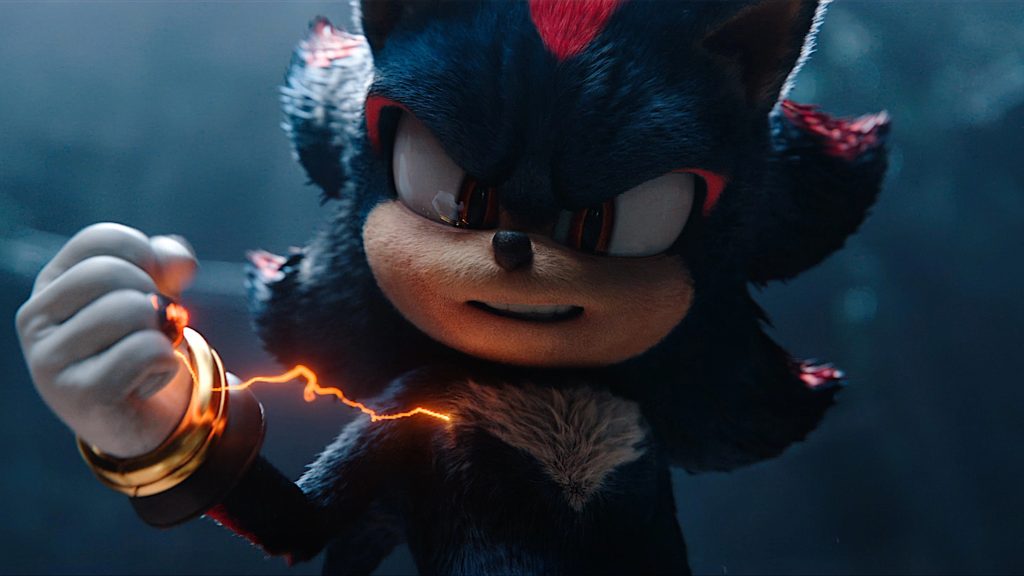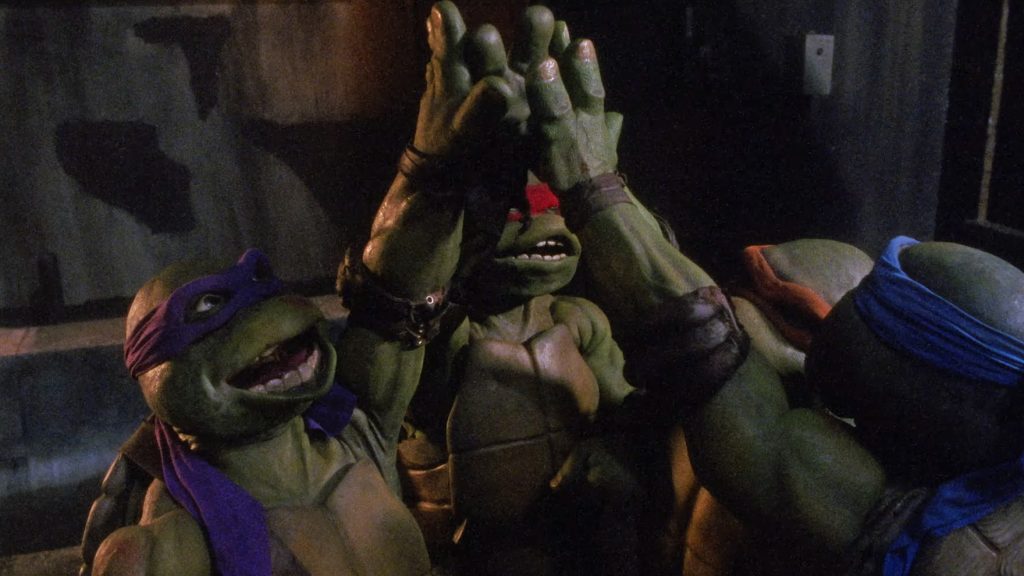Ant-Man may not have been Marvel’s greatest movie ever (some put it on the same level as Thor and Captain America), but it was actually one of the most important films in the Marvel Cinematic Universe. It expanded the universe in a way that no previous movie had, introducing the idea of alternate dimensions via the Quantum Realm, in which space and time had no meaning.
Doctor Strange took things even further, expanding on the idea that the Marvel Cinematic Universe is more than just a linear universe, revealing additional dimensions, as well (most notably, the Mirror Dimension and Dormammu's Dark Dimension). On one hand, we have the Guardians of the Galaxy, with whom moviegoers traveled to other galaxies. On the other, we have Ant-Man, who revealed that other dimensions exist.
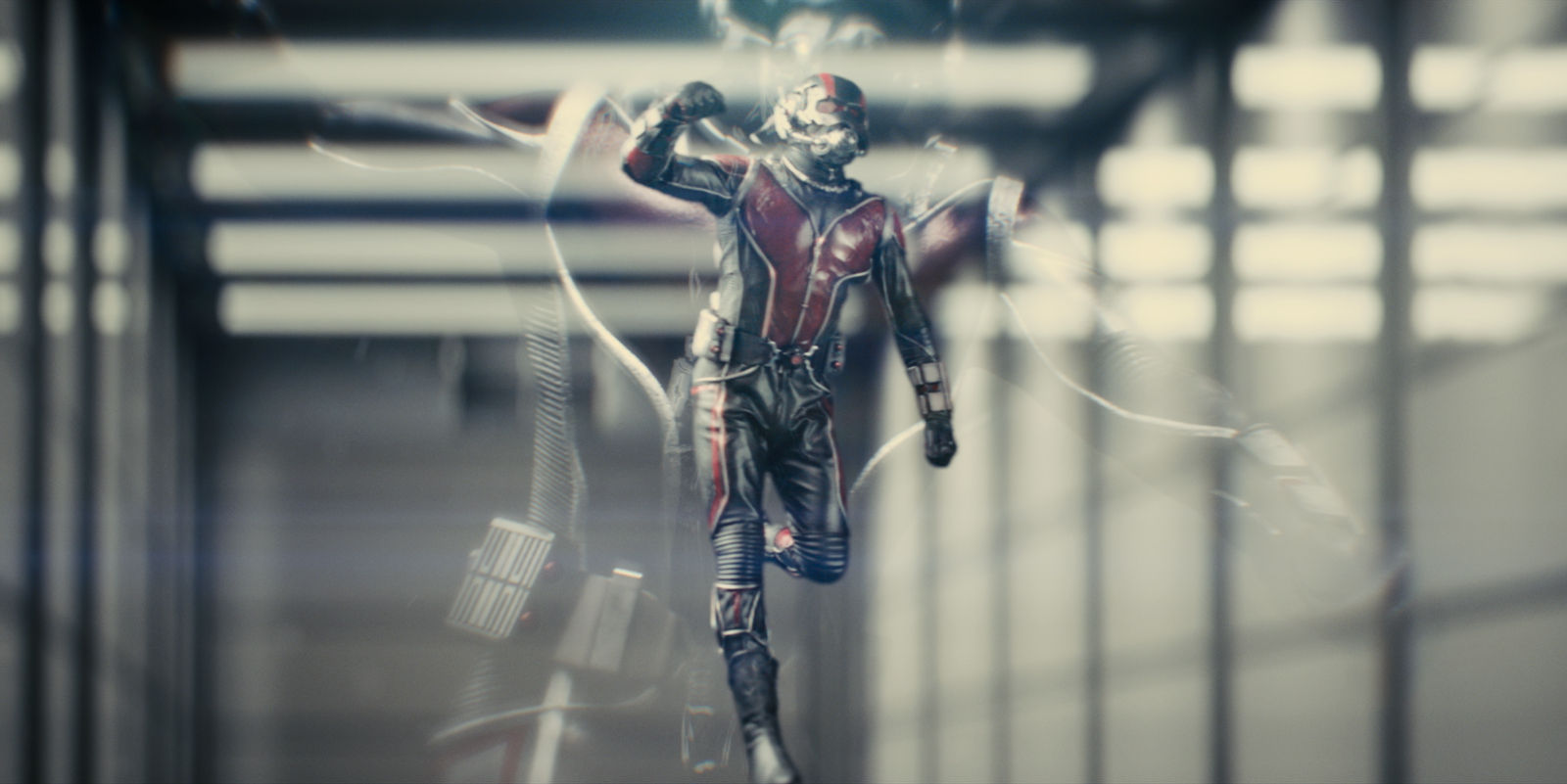
But what is the Captain Marvel connection? She’s clearly a cosmic-level superhero who has more in common with the Guardians than with Ant-Man, right?
Here, we might be wrong. In the comics, Carol Danvers gained her powers via Kree technology, but Kevin Feige said that her MCU origins would be different.
Quantum physicist Dr. Spiros Michalakis told Inverse that during his collaboration with Marvel, he reached the conclusion that quantum physics would play an important part in the future of the MCU. The Quantum Realm won't just appear in future Ant-Man and Doctor Strange movies; it will also provide a better understanding of how Captain Marvel's powers work.
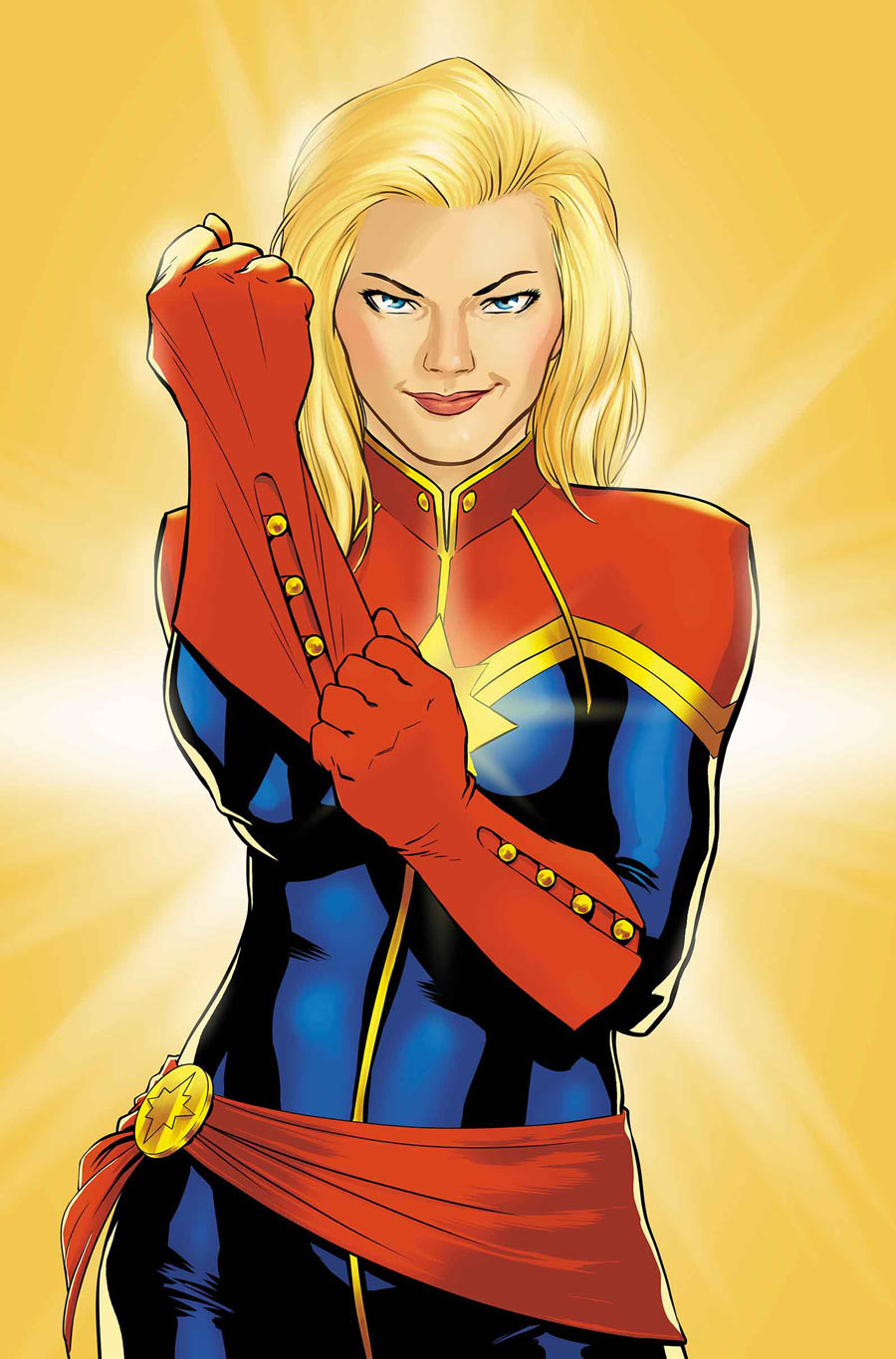
I think they did a great job describing [the multiverse], where these other states exist concurrently with yours. You don't have to go somewhere else. It's not like there's another bubble universe out there, and you can travel to it or something. This is exciting for the future. There are different ways that some of these ideas appear on-screen in a few years. Not just for Ant-Man, but also for Captain Marvel and all of the Marvel Cinematic Universe.


